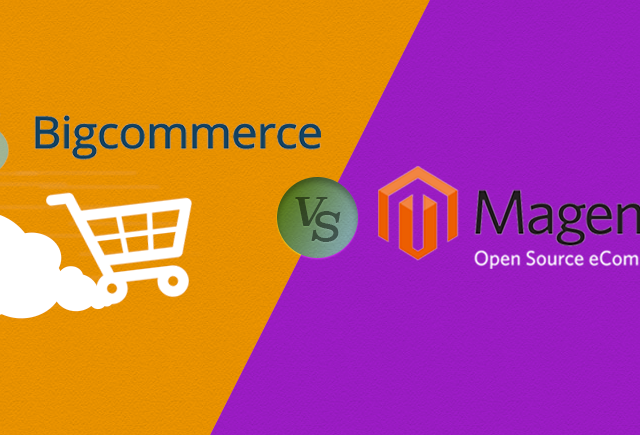Since artists began marketing their artwork on the internet, they have become a target of worldwide scammers. Now with the economy being bad this problem has become acute and artists need to be aware of how art scammers operate.
The most common art scam is for a scammer to make contact with an artist and say that they want to buy some if their artwork that they saw online. To the unwary, hungry artist this is surely great news. What the scammer wants is for the artist to ship the art to them without paying for it. In reality, what they will be doing is that they will be providing the artist with stolen credit card numbers or with phony checks in order to make the art purchase.
This scam works for the scammer because the transaction will take time due to the distance involved for both parties. To the unwary artist, the credit card transaction will go through, the art is shipped, only for the artist to find out later that credit card number was stolen and or that the check was no good and that the artist will not be receiving their funds. Then as a consequence of all this, the artist is out of their art and the costs involved, plus the cost of the shipping.
Whenever I am approached by someone to buy my art, who I did not know, I always insist that I be paid through PayPal or Payoneer. After that, I usually never heard from those people again. Another way for an artist to protect themselves in a transaction like this is to insist to have the transaction handled by an escrow agent. The final transaction, shipping etc. is not completed until all of the funds have been verified and cleared. Any legitimate buyer or collector of art will not have a problem dealing in either manner. Anyone who objects to this way of doing business with you is someone who you do not want to do business with!
Here are the top 10 ways for an artist to help to identify if they are dealing with an art scammer:
-
The scammer usually lives outside of the US.
-
The scammer will have a story as to why they want to buy the art.
-
The scammer cannot remember all of the details of the piece of art or they easily get the artwork mixed up with others. Remember, that they are doing this scam with hundreds of artists, and that is why they are getting the art mixed up.
-
The email solicitation is usually poorly written, with words misspelled or with poor grammar.
-
The scammer will even offer to "over pay" for the item as an inducement to do business with them.
-
The scammer will mention that they will pay by "cashiers" check.
-
The scammer will say that they will have "their shipper" contact the artist.
-
The scammer will suggest that they have a friend, relative or shipper pick up the art directly from the artist. This quickens the transaction.
-
The scammer will offer to reimburse the artist for shipping and that they will include that cost in their payment.
-
The scammer will say that they need the art "quickly" for some special occasion. This is so the artist will ship the art quickly before that it is discovered that the funds are no good or that the credit card was stolen.
Art scammers have one objective and that is to separate the artist from their art or from their money, or both. When approached by a stranger on the internet, always be aware of and skeptical of phony emails and solicitations. The old adage that says "when it sounds too good to be true…" still stands true today. All artists should be aware of and comfortable with whom they are dealing with when they are selling their art on the internet.




